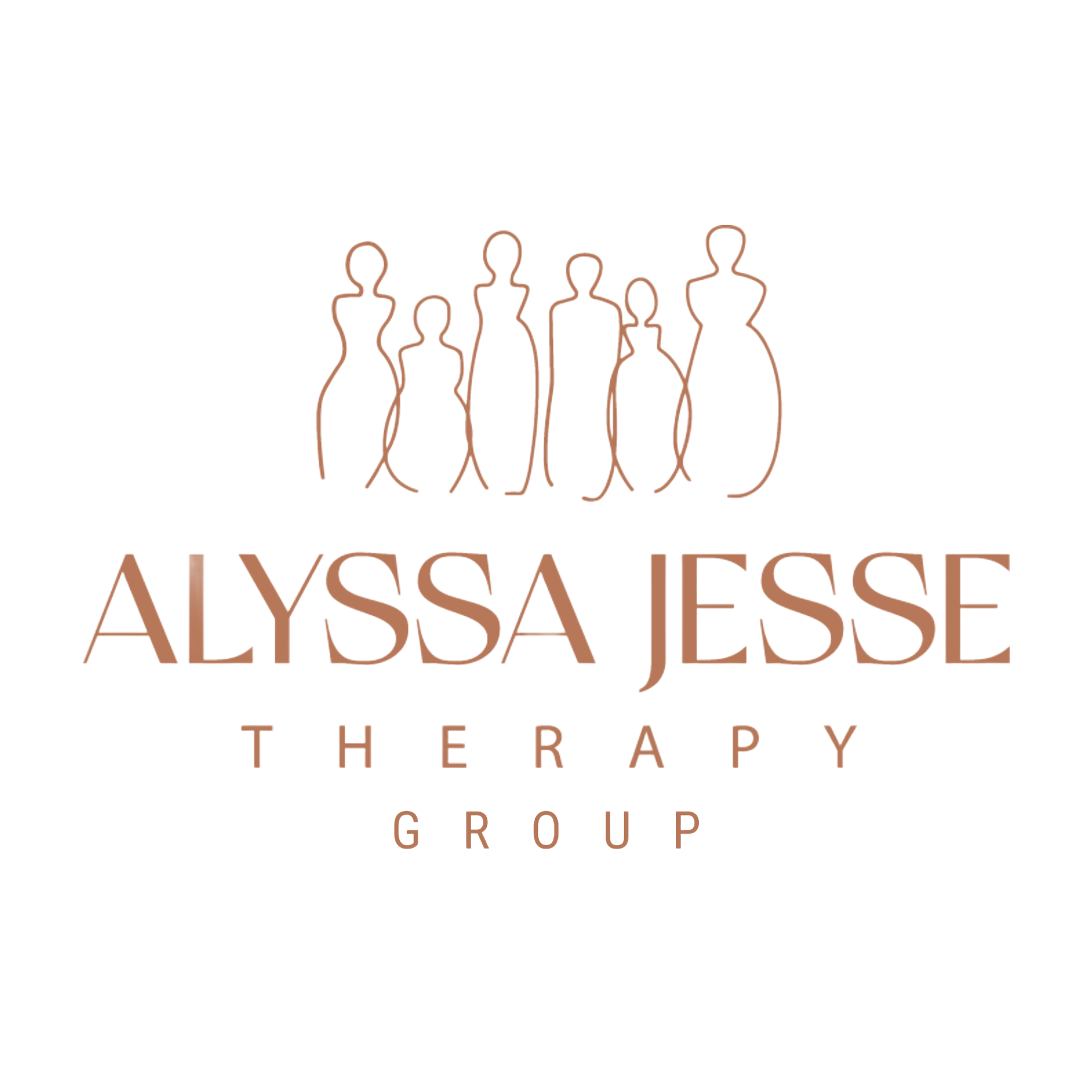How does ART work?
Accelerated Resolution Therapy (ART) is based off of the science discovered by Francine Shapiro, a psychologist who developed EMDR therapy and bilateral stimulation in the late 1980's. Bilateral stimulation (BLS) refers to the use of a stimulus that is presented to both sides of the body. The most traditional form of bilateral stimulation used in ART are eye movements, but other forms such as auditory bilateral stimulation (using tones or taps) and tactile bilateral stimulation (using tapping or vibration) can also be effective.
Bilateral stimulation is thought to work in ART by activating both sides of the brain which allows for the processing of memories, emotions, and incidents that are stuck in the nervous system. When we experience trauma, our brains can get "stuck" on that event and it can feel like we're reliving it over and over again. Bilateral stimulation is thought to help "unstick" those memories so that they can be processed and resolved. It activates both hemispheres of the brain in a similar way that REM (rapid eye movement) sleep does; like bilateral stimulation, people in REM sleep move their eyes rapidly and process and integrate information.
Essentially, by having you focus both on something distressing while also paying attention to the stimulus activating alternating sides of the body, bilateral stimulation allows the brain to access both sides of the brain which leads to more effective processing of memories. You're able to process things that your brain has otherwise avoided.
What does ART look like?
During an ART session, the therapeutic process may evoke emotions, bodily sensations, and thoughts associated with a traumatic memory as we use BLS. You may have dreamlike fantasies or old memories that move quickly in and out of your awareness. We work together to keep you mindfully aware of these various stimuli, while you also remain in control throughout the entirety of the session. ART uses several tools, including imagery, metaphors, and Gestalt techniques throughout processing.
Considerations for ART sessions:
- Please do not use any mood-altering substances, including marijuana, or prescribed medications for anxiety such as Ativan, Xanax, Hydroxozine, etc. for at least 12 hours prior to your appointment. These substances may impact your ability to feel sensations appropriately as we need during our session.
- Eye movements may be tiring, so it may be best to set aside some time for solitude or rest after an ART session until you get used to how your body feels after an ART session.
- Many times trauma can be layered, therefore it is important to keep a journal or mental note if you notice things shift after a session, or new memories come up. When this happens it is a good thing, it means your brain is processing the way it needs to and gives us more to work on with ART.
- You are always in control of your session. We will do as much work as you are willing and able to feel during our time together. Sessions typically take the full 60 minutes and may be broken up into 2 sessions; therefore we say ART is "less gab, more grab" with somatic and imagery work. We will however, always set aside time to verbally process what your ART session was like for you at any point during the process.
